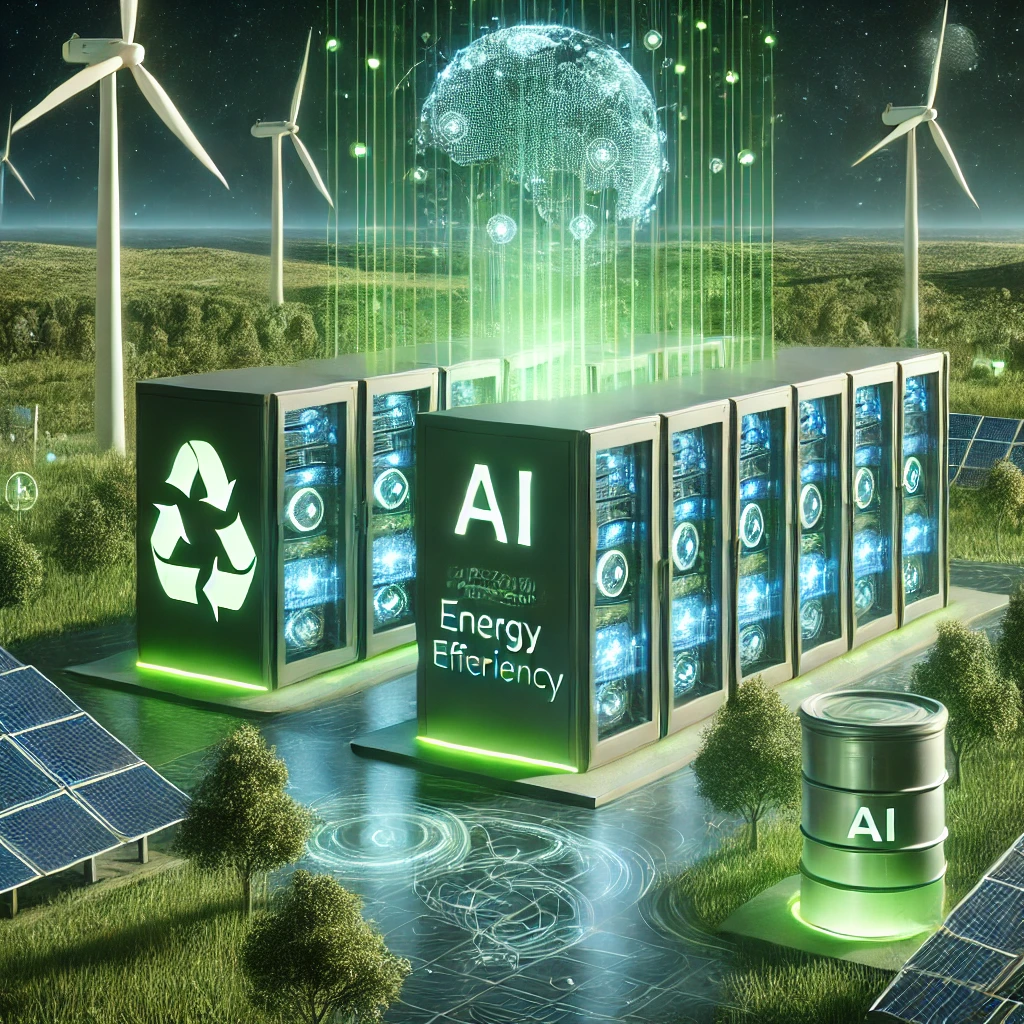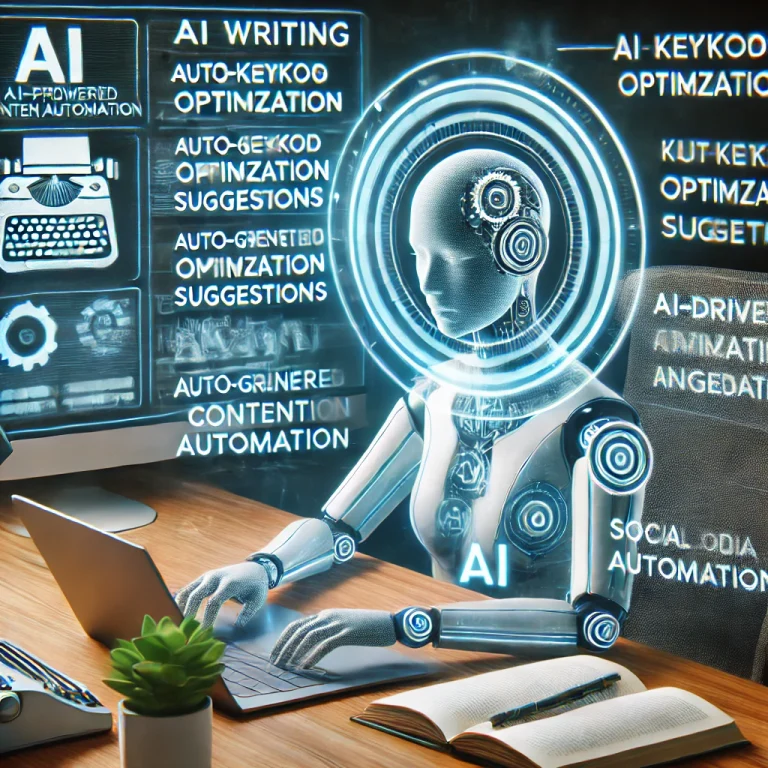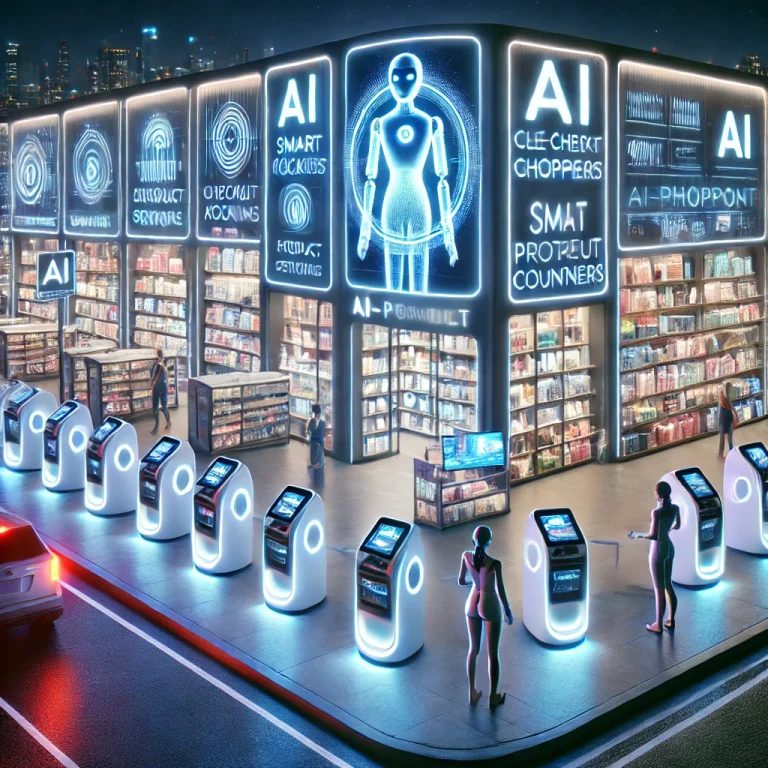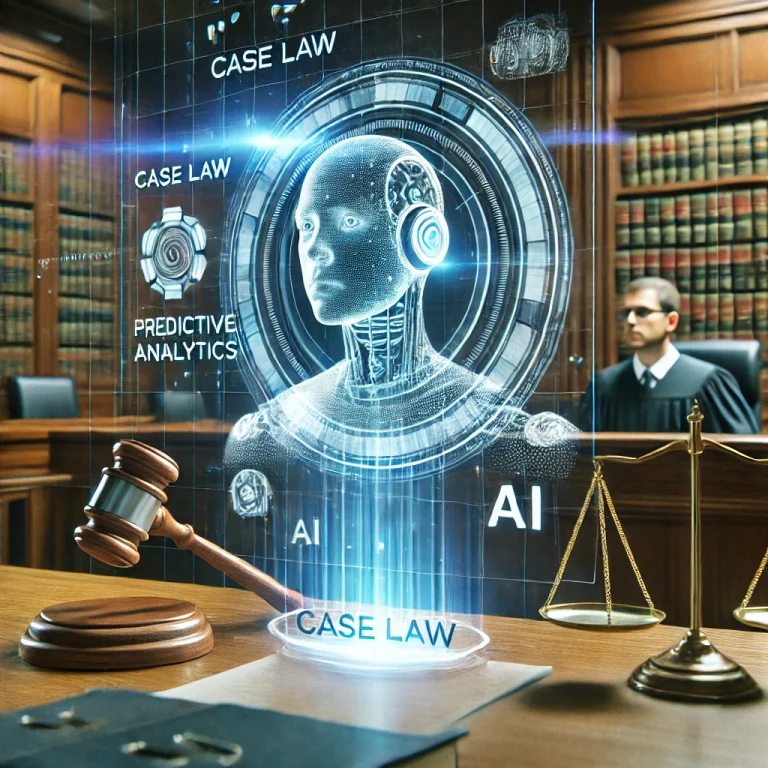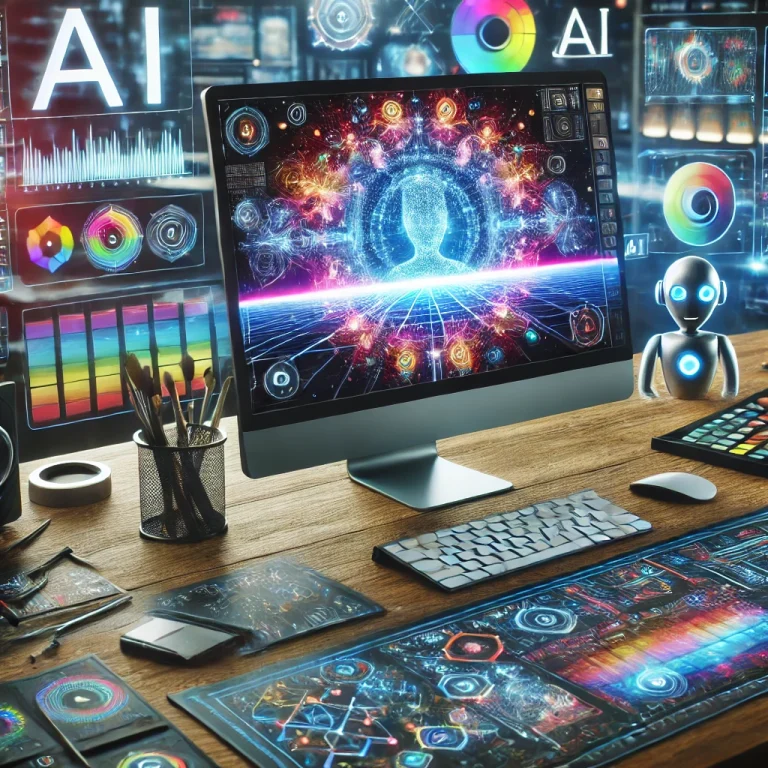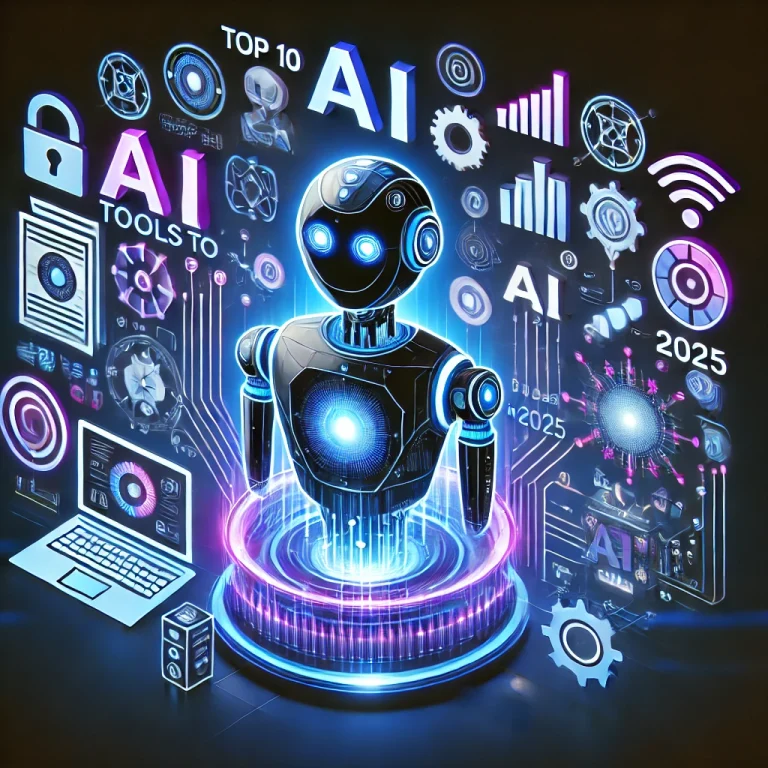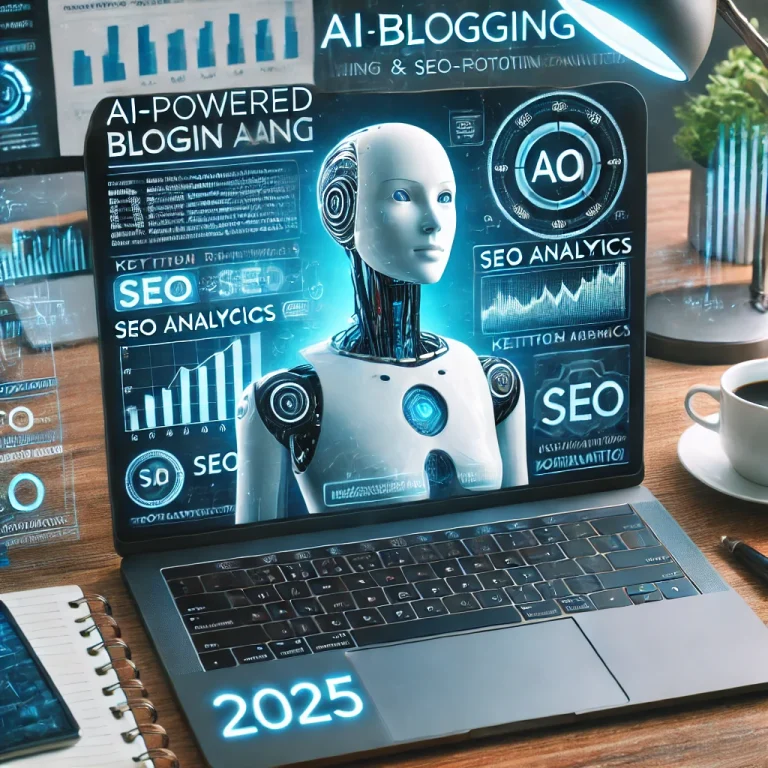The Rise of Sustainable AI: How Green Technology is Powering the Future
Introduction: Can AI Go Green?
Artificial Intelligence (AI) is transforming industries, revolutionizing healthcare, finance, and automation. However, AI’s rapid growth comes with a hidden cost—massive energy consumption and increasing carbon footprints.
From training deep learning models to running large-scale cloud computing operations, AI demands vast computing power, leading to significant environmental concerns. As industries push toward sustainability, the demand for Green AI—AI systems designed to be energy-efficient and environmentally friendly—is rising.
But how is Sustainable AI shaping the future?
- Can AI be optimized for low energy consumption?
- What green technologies are helping AI reduce its carbon footprint?
- How are big tech companies investing in sustainable AI?
Let’s explore how Green AI is leading the future of technology while preserving the planet.
The Environmental Cost of AI: Why We Need Sustainable AI
While AI is often seen as a solution to global challenges, its environmental impact is often overlooked.
1. AI’s Massive Energy Consumption
- Training a single AI model (such as GPT-4) can emit over 284,000 kg of CO₂, equivalent to five cars’ lifetime emissions.
- Data centers housing AI systems consume 200 terawatt-hours (TWh) of electricity annually, nearly 1% of global electricity usage.
- AI computations require powerful GPUs and cloud infrastructure, increasing the demand for high-energy consumption servers.
2. The Carbon Footprint of AI Data Centers
- Data centers produce 2% of total global CO₂ emissions, surpassing the aviation industry.
- The cooling systems used to prevent overheating consume large amounts of water and electricity.
- As AI models scale, their carbon footprint keeps expanding, making sustainability a critical issue.
💡 Solution? Green AI can optimize energy efficiency, reduce emissions, and transform AI into a force for environmental good.
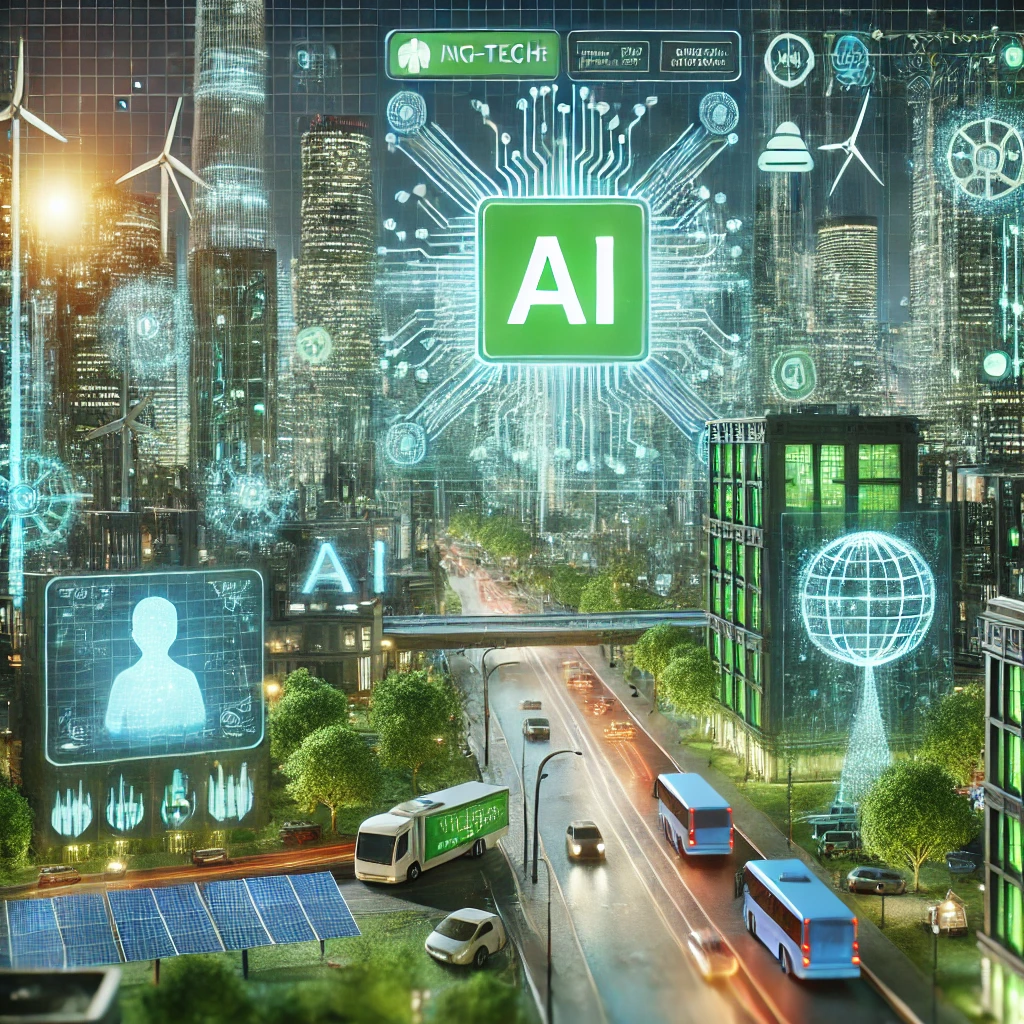
How Green Technology is Transforming AI
1. Energy-Efficient AI Algorithms
💡 Smarter AI = Less Power Consumption
- Traditional AI models use brute-force methods to process massive datasets, wasting energy.
- Green AI optimizes algorithms to reduce unnecessary computations, lowering power usage.
- Example: Meta’s “Open Pretrained Transformers” (OPT) uses 50% less energy than similar large AI models.
2. Low-Power AI Chips & Hardware
🔋 Next-Gen Processors for Sustainable AI
- AI-specific hardware (such as Google’s TPU and NVIDIA’s Jetson AI chips) are designed to be energy-efficient.
- Neuromorphic chips mimic the human brain’s synaptic connections, consuming 1,000 times less power than traditional GPUs.
- Quantum computing could revolutionize AI by performing computations with far less energy.
3. Renewable Energy-Powered Data Centers
🌍 Big Tech’s Shift to Sustainable Power
- Google, Microsoft, and Amazon are investing in 100% renewable energy-powered AI data centers.
- Hydroelectric, solar, and wind energy are replacing fossil-fuel-powered servers.
- Example: Microsoft’s underwater data centers use ocean water for cooling, reducing energy use by 40%.
4. AI Optimizing Itself for Energy Efficiency
🤖 AI Managing Its Own Carbon Footprint
- AI models can analyze energy consumption in real-time and optimize their own efficiency.
- Machine learning techniques predict the best times to run high-power AI computations to minimize carbon output.
- Example: Google’s DeepMind AI reduces energy usage in its data centers by 30% using smart cooling algorithms.
Sustainable AI in Action: Real-World Applications
🌱 1. AI for Smart Energy Grids
- AI-powered smart grids optimize electricity usage by predicting energy demand and reducing waste.
- Example: Tesla’s AI-driven energy management system helps power grids become more efficient.
🚗 2. AI for Sustainable Transportation
- AI-driven route optimization reduces fuel consumption and traffic congestion.
- Example: Waymo’s AI-powered autonomous cars use energy-efficient driving patterns to cut emissions.
🏭 3. AI in Sustainable Manufacturing
- AI automates processes to reduce industrial waste and optimize energy consumption.
- Example: Siemens’ AI-powered smart factories cut energy use by 30% using real-time monitoring.
🍽️ 4. AI for Food Waste Reduction
- AI predicts supply and demand to reduce food waste in supply chains.
- Example: IBM’s Watson AI helps grocery stores cut food waste by predicting expiration dates.
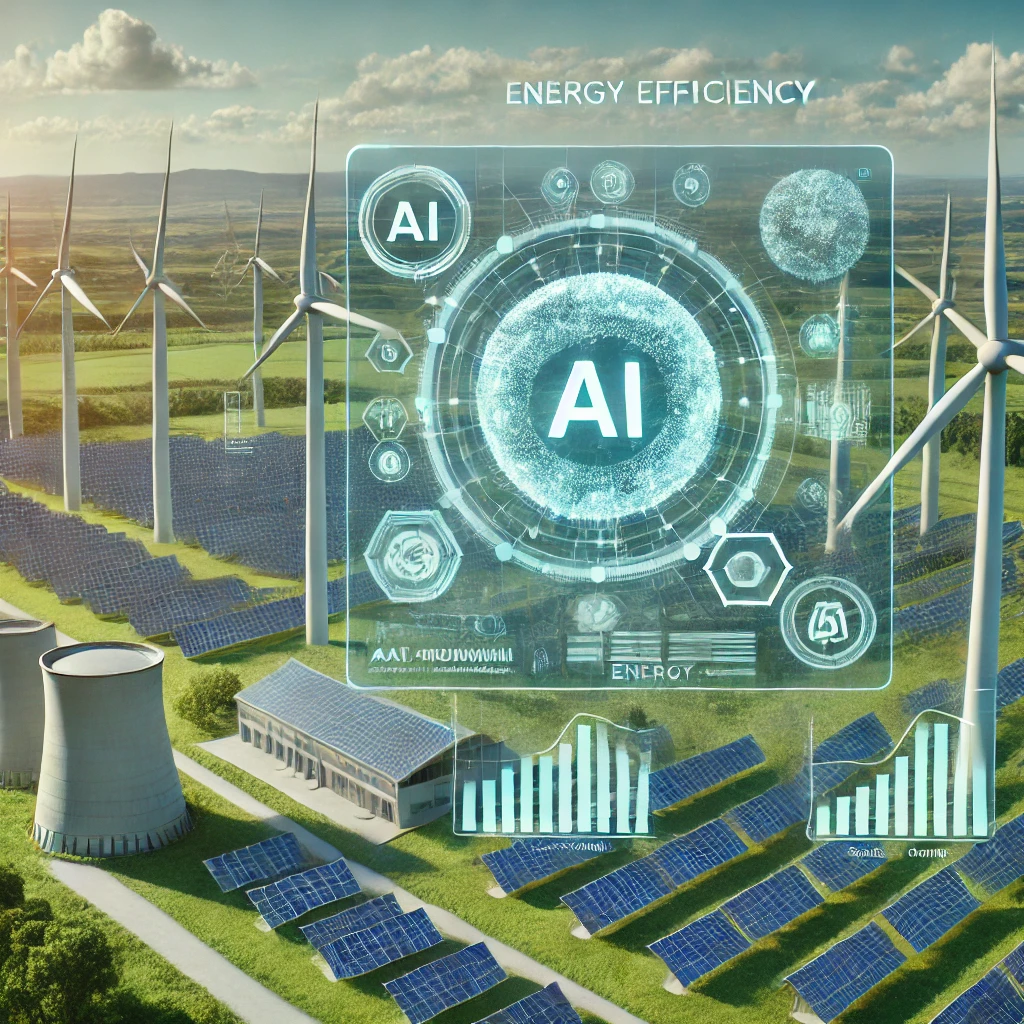
The Challenges of Green AI
1. High Cost of Sustainable AI Infrastructure
- Transitioning to renewable-powered AI requires massive investments.
- Solution: Government incentives and carbon-neutral policies are helping drive change.
2. Lack of Standardized AI Sustainability Metrics
- There is no global framework for measuring AI’s environmental impact.
- Solution: Organizations like Climate AI are working on standardizing AI sustainability tracking.
3. Balancing AI’s Growth with Sustainability Goals
- AI is expanding at an exponential rate, making it challenging to keep up with green initiatives.
- Solution: Companies must prioritize low-energy AI models while scaling up.
The Future of Green AI: What’s Next?
🚀 By 2030, experts predict:
✅ Carbon-neutral AI models will become the industry standard.
✅ AI will drive climate change solutions, from carbon capture to pollution tracking.
✅ Big Tech will transition to 100% renewable AI data centers.
✅ Quantum AI will reduce power consumption by up to 1,000x.
💡 Sustainable AI isn’t just a trend—it’s the future of responsible innovation.
Conclusion: The Path to a Greener AI-Powered World
AI is shaping the future of technology, but it must evolve sustainably. With energy-efficient algorithms, low-power chips, and renewable energy data centers, AI is on the path to becoming a force for environmental good.
As businesses and governments commit to carbon-neutral AI, the question isn’t if AI can be green—but how fast we can get there.
🚀 Are we ready for a future where AI and sustainability go hand in hand? The time for Green AI is now.
